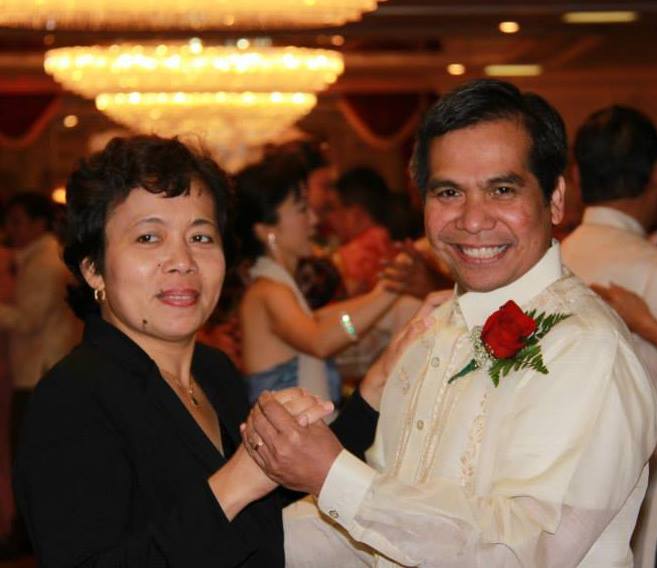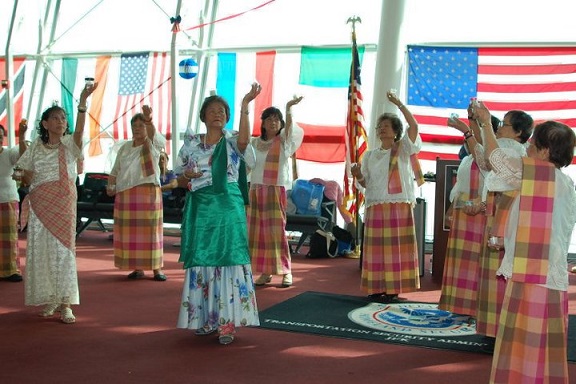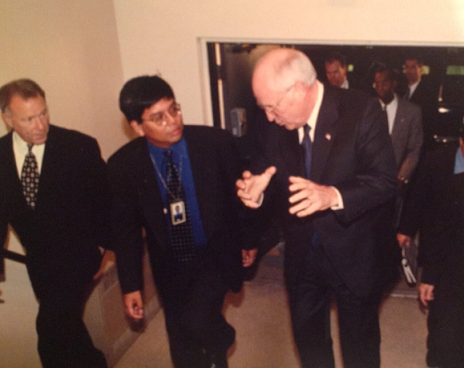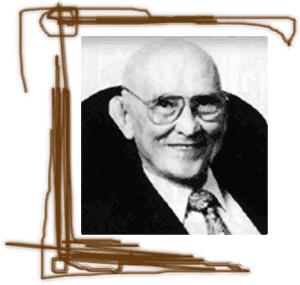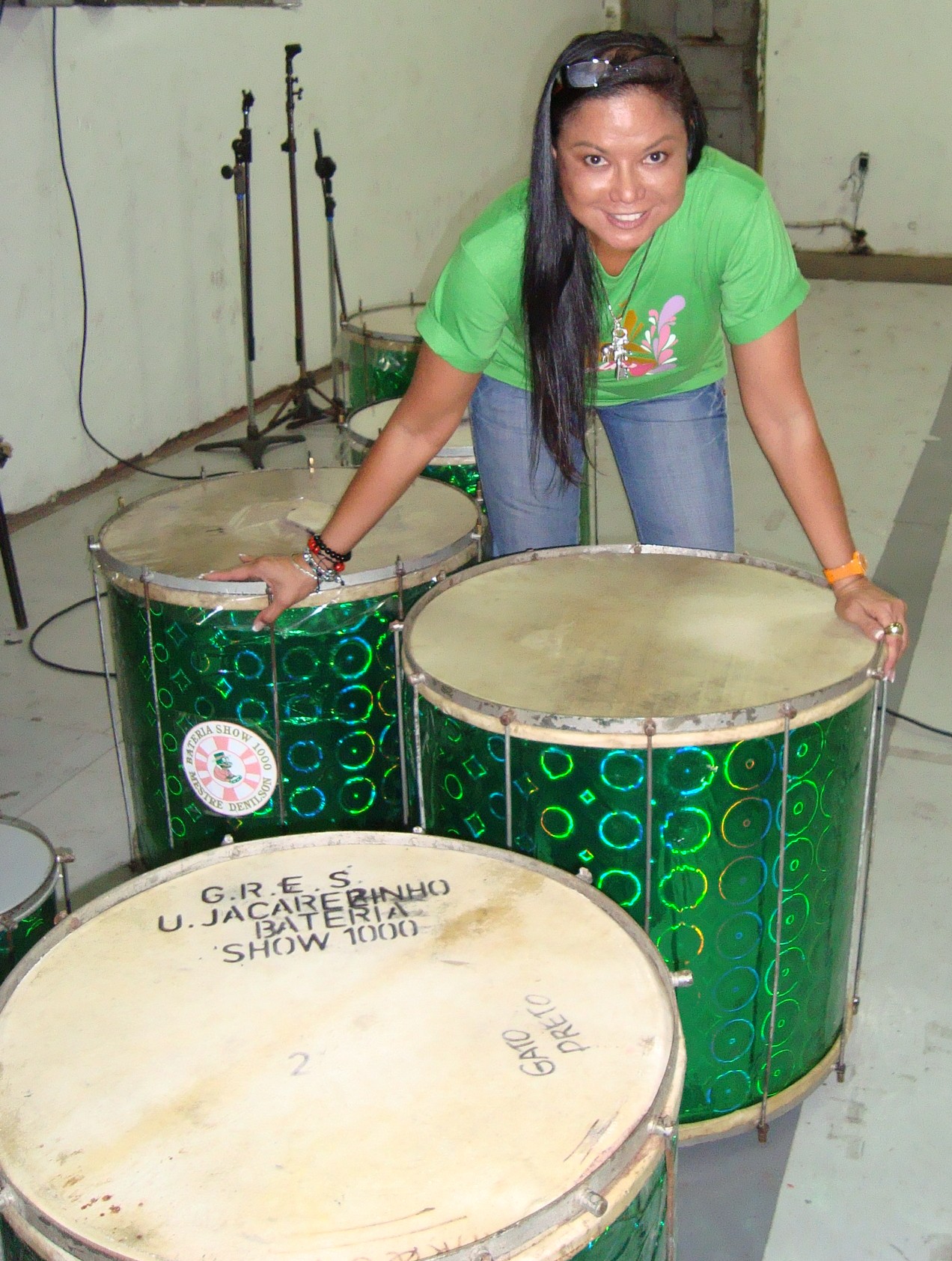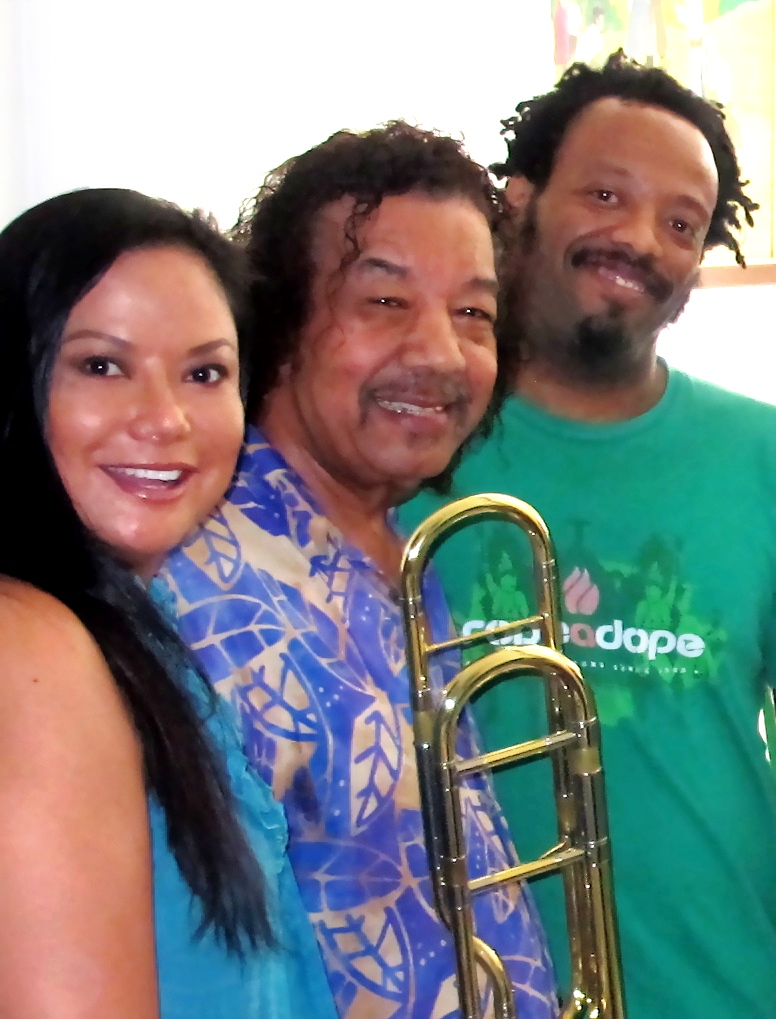• Anding Roces, 86 • Coming soon to New York: Brinoy music
Writer-educator Alejandro “Anding” Roces, whose musical zarzuela on cockfighting was staged in New York in 2007, passed away May 23 in the Philippines. He was 86.
Roces, who served as Philippine secretary of education in the 1960s, was named National Artist for Literature in 2003. His comedy, “Something to Crow About,” was an off-Broadway hit in 2007 when staged at La MaMa, E.T.C. on invitation by its founder, theater stalwart Ellen Stewart.
The plot is a satire on cockfighting and how this traditional Philippine past-time throws a barrio in comical disarray. The plot has a game cock aficionado and the town’s richest man betting against each other in a cockfight. But Kiko, the protagonist, finds no support from his wife Rufina and their friend, the parish priest.
The New York cast was led by real-life husband and wife actors tenor Lionel Nestor Guico as Kiko, and soprano Cynthia Guico as Rufina. Completing the cast were Repertory Philippines performers Noel L. Trinidad, Liesl Catherine H. Batucan, and actor-singer Bernardo Bernardo.
The play drew raves from Filipino and foreign critics, with Fr. James Reuters paying the greatest compliment by comparing “Crow” to “Cats.”
“All of the cast had beautiful voices, and the dancing and acting was cutting-edge. It was reminiscent of ‘Cats’ on Broadway,” wrote Reuters in 2007.
“Something to Crow About” – taken from a collection of short stories about cockfighting — was directed by Cecile Guidote Alvarez, with choreography by Leonor Orosa-Goquingco and music by Ferdinand Dimadura.
The Ateneo-educated Anding Roces belongs to a wealthy Philippine family who made its fortune in media and financial services. After the war, where he fought as a guerrilla, he came to the U.S. and studied fine arts at the University of Arizona. He realized he wanted to be a writer instead, and went to various schools to pursue further studies in literature.
In a 2000 interview, he confessed to the realization that writing alone couldn’t support a family.
“I have to work here in CAP so I can continue writing. Up to this point in our culture, writing has to be subsidized, I’m sorry to say,” he said. CAP stands for the College Assurance Plan, an educational insurance company owned by his family.
~~~~~~~~~~~~~~~~~
Brazil plus Pinoy equals Brinoy. More specifically, it’s Tagalog lyrics and samba beat fused in a unique kind of musical genre. Its exponent is music entrepreneur and former fashion model Bessie Badilla.
Bessie recently wrapped up work on the project called Brinoy Music, an album of samba music sung in Tagalog. She came to Brazil with her crew from New York to record with the drum set of Unidos do Jacarezinho samba school and other Brazilians instrumentalists, such as noted trombone player Raul de Souza.
The Brazilian percussionists gave the record the true “batucada” feeling needed for the song “Biglang Yaman”, a Tagalog version of “Onde está a honestidade?”, a classic originally composed by Brazilian samba icon Noel Rosa.
Bessie’s team coordinated with music producer Zé Maurício and the people of the Jacarezinho neighborhood. All percussions players wore the Brinoy music t-shirt.
“This is the real Rio de Janeiro here. I am very happy to come here and to catch the heat of the drum set playing live. We could never obtain this sound in New York,” Bessie said.
Bessie had a long and successful international modeling career. She is the first Filipina to be in a samba school parade, both in Rio de Janeiro and São Paulo. The fascination with Brazilian music started when she enrolled in ‘pandeiro’ drum lessons with Brazilian percussionist Zé Mauricio. That got her thinking: Why not mix the Tagalog language with Brazilian music.
“Brinoy Music signed a partnership with the samba school and will help in the purchase of instruments for them. We´ll donate $2,500 in instruments,” said Zé Maurício.
Bossa nova legend, famous trombonist Raul de Souza, has already recorded the song “Com que Roupa?” – in Tagalog. Bessie now speaks a little Portuguese and was able to translate the lyrics from Portuguese to Tagalog.






